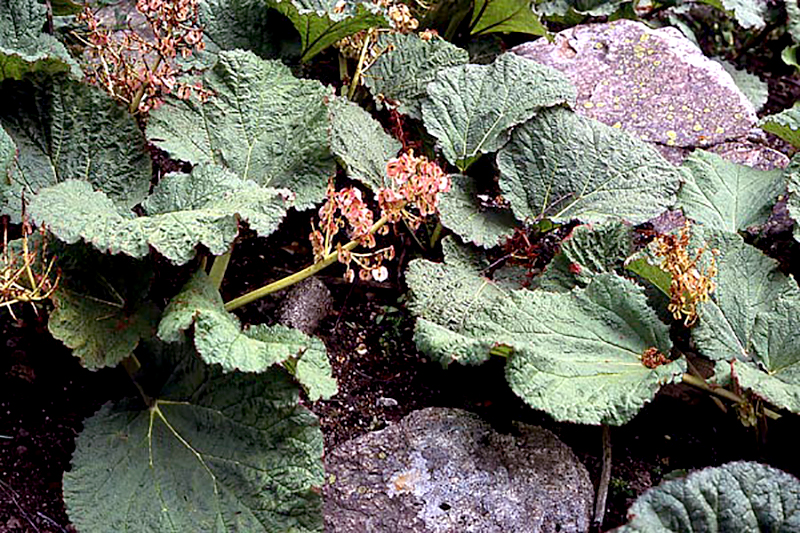
Specialists from the Botanical Garden of Las Tunas carry out significant research on how to more effectively protect critically endangered plants located in the north of the province.
Las Tunas, Cuba.- One of these studies refers to the vegetation on serpentine rocks in the municipality of Manatí, where two varieties of Polygonaceae were found to be threatened on the red list of Cuba's flora and another six at risk of disappearing.
According to Yankón Labrada Capote, lead author of the research that constitutes his master's thesis, the study demonstrates that the areas where the plants are found are a point of connection between the large outcrops of Camaguey and Holguín.
Based on new data on flowering in the serpentines, effective actions can be defined to protect biological biodiversity in ecosystems that are home to the greatest number of endemic species, after the mountainous areas.
This research, supported by important environmental, ecosystem, and diversity events, also demonstrates the threats in the area from climate change, forest fires, and harmful human action, and leaves behind the information gap regarding the route of the serpentine flora.
Serpentine is an ultra-basic rock of volcanic formation in which not all types of plants can grow, and the outcrops above them have heavy elements such as nickel and bromine that are toxic to many plants.






